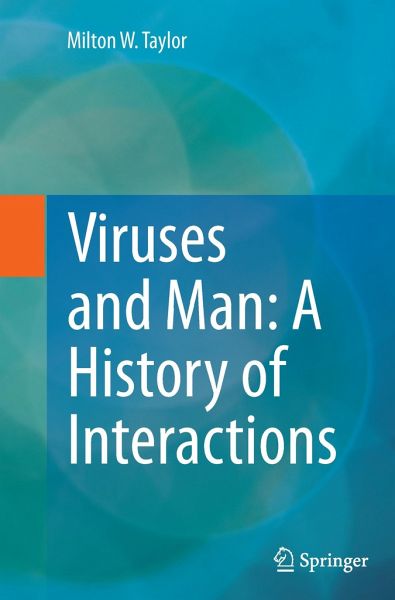
Viruses and Man: A History of Interactions
Versandkostenfrei!
Versandfertig in 6-10 Tagen
113,99 €
inkl. MwSt.
Weitere Ausgaben:

PAYBACK Punkte
57 °P sammeln!
Milton Taylor, Indiana University, offers an easy-to-read and fascinating text describing the impact of viruses on human society. The book starts with an analysis of the profound effect that viral epidemics had on world history resulting in demographic upheavals by destroying total populations. It also provides a brief history of virology and immunology. Furthermore, the use of viruses for the treatment of cancer (viral oncolysis or virotherapy) and bacterial diseases (phage therapy) and as vectors in gene therapy is discussed in detail. Several chapters focus on viral diseases such as smallpo...
Milton Taylor, Indiana University, offers an easy-to-read and fascinating text describing the impact of viruses on human society. The book starts with an analysis of the profound effect that viral epidemics had on world history resulting in demographic upheavals by destroying total populations. It also provides a brief history of virology and immunology. Furthermore, the use of viruses for the treatment of cancer (viral oncolysis or virotherapy) and bacterial diseases (phage therapy) and as vectors in gene therapy is discussed in detail. Several chapters focus on viral diseases such as smallpox, influenza, polio, hepatitis and their control, as well as on HIV and AIDS and on some emerging viruses with an interesting story attached to their discovery or vaccine development. The book closes with a chapter on biological weapons. It will serve as an invaluable source of information for beginners in the field of virology as well as for experienced virologists, other academics, students, and readers without prior knowledge of virology or molecular biology.














